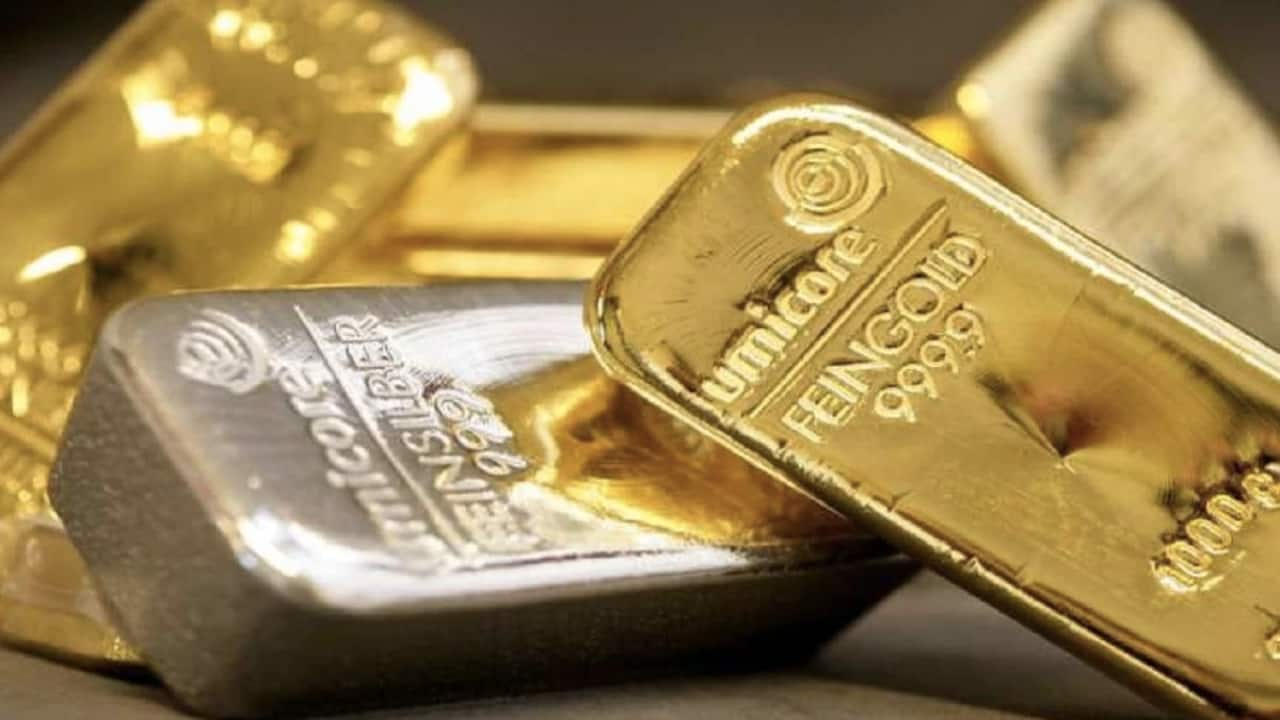 |
|
The Indian precious metals market experienced a significant surge on Tuesday, with gold prices climbing substantially and silver following suit. Gold prices in the national capital reached Rs 79,700 per 10 grams, a Rs 700 increase from the previous day's closing price of Rs 79,000. This upward trend was attributed to a confluence of factors, primarily increased buying activity among jewelers and retailers, coupled with the weakening of the Indian rupee against the US dollar. The rupee's depreciation, settling at 85.73 against the dollar, played a crucial role in boosting gold's appeal, making it relatively more expensive for buyers using the local currency. This increased demand, combined with positive global trends in the precious metals market, acted as a catalyst for the price increase.
The rise in gold prices wasn't isolated; silver prices also experienced a considerable jump. Silver prices surged by Rs 1,300, reaching a three-week high of Rs 92,000 per kg. This substantial increase mirrors the positive momentum observed in the gold market, indicating a broader upward trend in precious metals. The previous day's closing price for silver stood at Rs 90,700 per kg, highlighting the magnitude of the price movement. The futures market also reflected this bullish sentiment, with gold contracts for February delivery appreciating by Rs 122 (0.16%) to Rs 77,280 per 10 grams on the Multi Commodity Exchange (MCX). Similarly, silver contracts for March delivery saw a significant increase of Rs 551 (0.61%), reaching Rs 91,105 per kg. This synchronization of price movements in the spot and futures markets underscores the strength of the prevailing upward trend.
International markets also contributed to the price increases in India. Comex gold futures experienced a 0.28% rise, reaching USD 2,654.90 per ounce. This upward movement in global gold prices added further momentum to the domestic market. Analysts attribute the overall upward trend in both domestic and international markets to a combination of factors. Uncertainty surrounding US President Trump's policies is seen as driving some investment into safe-haven assets like gold. Additionally, the anticipated release of key economic data, such as the US ISM Services PMI and JOLTS job openings data, the non-farm employment change, and unemployment claims reports, is keeping market participants on edge. The upcoming Federal Open Market Committee (FOMC) member speeches also add to the uncertainty, as investors carefully assess the Federal Reserve's next policy move. These impending announcements exert significant influence on the precious metals market, affecting investor sentiment and price direction.
The ongoing interplay between macroeconomic factors and investor sentiment is shaping the future trajectory of gold and silver prices. Analysts like Saumil Gandhi from HDFC Securities highlight the uncertainty surrounding US policies as contributing to the strength of gold. Renisha Chainani, Head of Research at Augmont, stresses the importance of the upcoming non-farm payroll (NFP) data relative to last week's inflation numbers. The NFP data will give a clearer picture of employment in the US, potentially influencing the Federal Reserve's decisions regarding interest rate cuts. A dovish monetary policy, characterized by low interest rates, tends to support gold prices, as it reduces the opportunity cost of holding non-interest-bearing assets like gold. Conversely, a less aggressive rate-cutting approach by the Fed could exert downward pressure on gold prices, indicating a complex interplay of economic and political factors impacting market behavior. The upcoming week is thus critical for market participants, as they carefully monitor the unfolding economic events and their impact on precious metals prices. The interplay between global macroeconomic factors, investor sentiment, and domestic demand continues to shape the volatile and dynamic nature of the precious metals markets.
Source: Gold climbs Rs 700 to Rs 79,700 per 10 gm; silver jumps Rs 1,300
